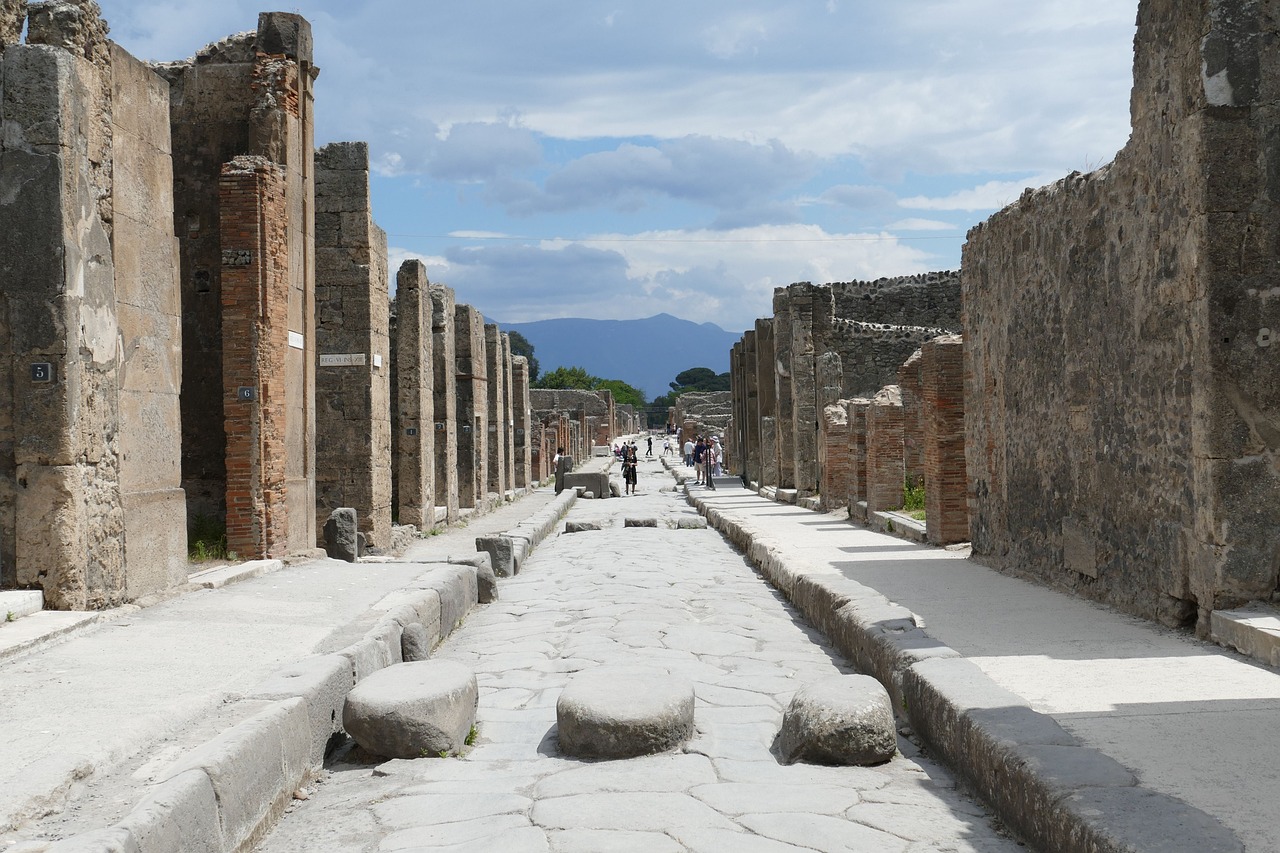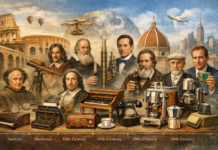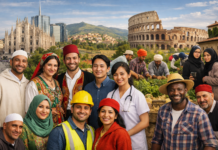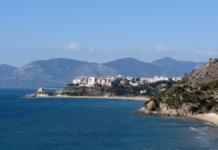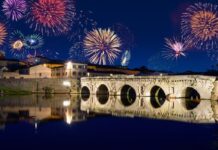Pompeii: Life, Eruption of Vesuvius, Excavations, and Visiting Today
Introduction to Pompeii
Pompeii, the ancient Roman city frozen in time by the catastrophic eruption of Mount Vesuvius in 79 AD, is one of the most significant archaeological sites in the world. Preserved under layers of ash for centuries, it offers an extraordinary glimpse into Roman life, culture, and urban organization. Today, Pompeii serves as both a historical marvel and a tragic reminder of nature’s power, drawing millions of visitors and scholars alike.
The History and Founding of Pompeii
Pompeii was founded in the 6th or 7th century BCE by the Oscans, an Italic tribe, and later developed under the influence of the Greeks, Etruscans, and Romans. Its strategic location near the Bay of Naples made it a thriving hub of commerce, art, and leisure.
Daily Life in Pompeii Before the Eruption
Before the eruption, Pompeii was a bustling city of approximately 11,000–15,000 people. Social life in Pompeii was stratified, with citizens divided into various classes, from wealthy landowners to laborers and slaves. The daily rhythm of life was characterized by trade, religious rituals, entertainment, and social gatherings, making it a typical yet vibrant Roman city.
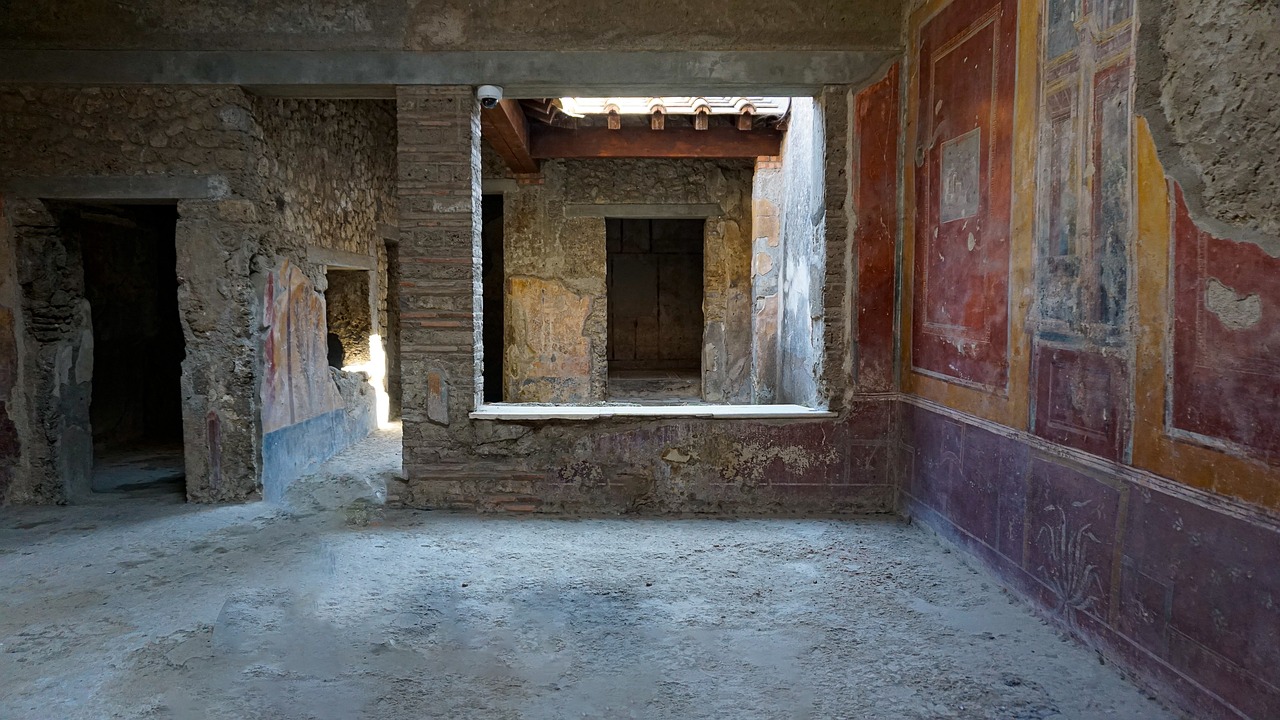
Architecture and Infrastructure
Pompeii’s city layout is a showcase of advanced Roman urban planning. Streets were lined with large houses, villas, shops, and public buildings such as baths and temples. The architecture combined Greek, Etruscan, and Roman styles, seen in the Forum, basilicas, and the Villa of the Mysteries, famous for its stunning frescoes. Roads were organized for efficient movement, with raised crosswalks for pedestrians and stepping stones to avoid flooding.
Entertainment and Leisure in Pompeii
The people of Pompeii had several avenues for entertainment. The grand amphitheater hosted gladiator contests and events, attracting both locals and travelers. Bathhouses such as the Stabian Baths were social centers, where citizens bathed, exercised, and socialized. Public parks, gardens, and private villa courtyards added to the leisure options in the city.
Religion and Spiritual Life
Religion played a crucial role in Pompeii. Temples dedicated to deities such as Jupiter, Apollo, and Venus adorned the city. Each household often had its shrine, known as a lararium, for private worship. Rituals, offerings, and festivals were common, demonstrating the integration of religion into daily life.
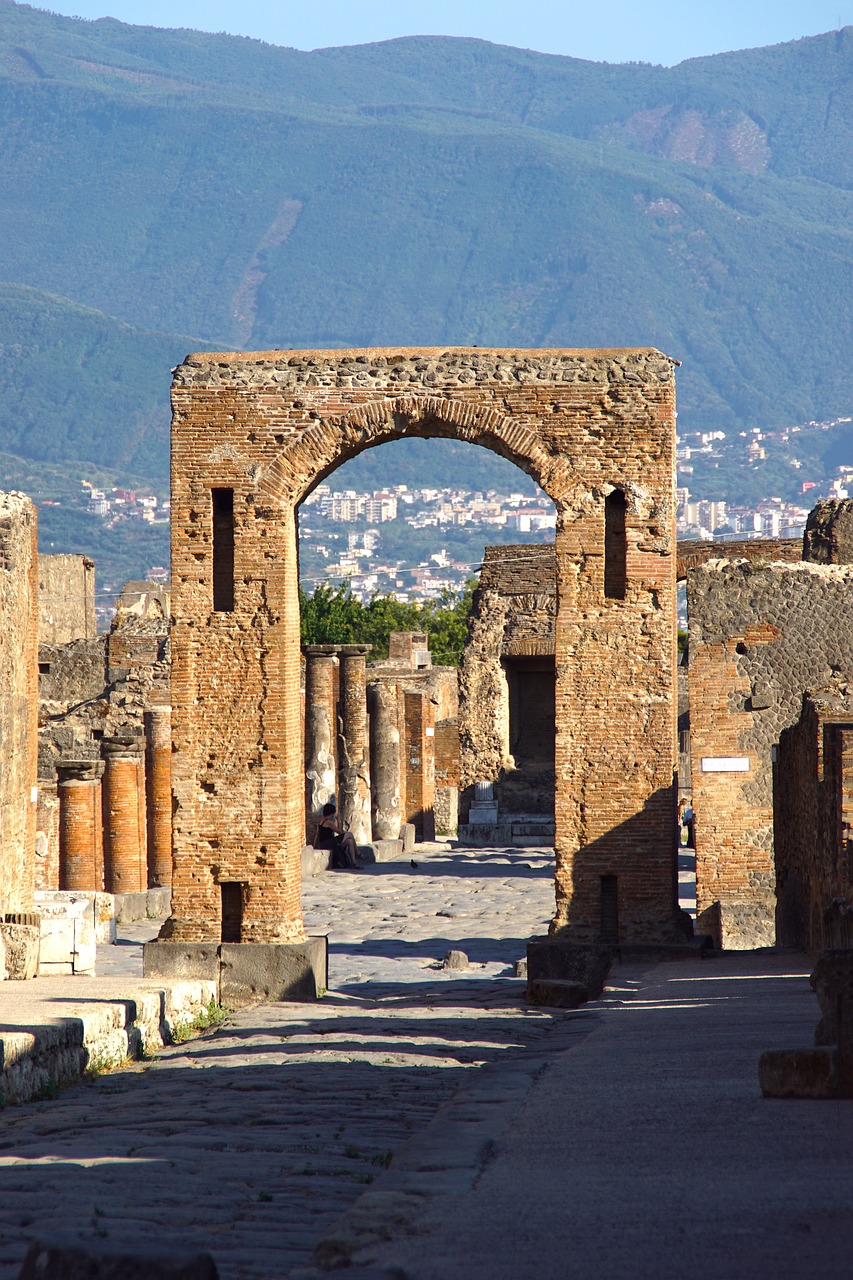
Commerce and Trade
As a prosperous city, Pompeii’s economy revolved around agriculture, trade, and commerce. Shops, taverns, and open-air markets flourished, selling goods from pottery to spices. The city’s proximity to the sea allowed for efficient trade with other regions, making Pompeii a critical player in the Roman trade network.
Agriculture and Food in Pompeii
Agriculture was central to Pompeii’s economy, with vineyards, olive groves, and orchards surrounding the city. Pompeii was renowned for its wines, which were exported throughout the Roman Empire. The diet in Pompeii included grains, vegetables, fish, and meats, prepared in thermopolia (ancient fast-food establishments) that catered to the lower classes.
The Mount Vesuvius Eruption of 79 AD
On August 24, 79 AD, Mount Vesuvius erupted, spewing volcanic ash and pumice over Pompeii. The eruption unfolded in two phases: first, a shower of pumice stones covered the city, and then pyroclastic flows—deadly surges of hot gas and ash—buried Pompeii under meters of debris. The catastrophic event trapped residents and preserved the city remarkably well, sealing an ancient world in time.
The Aftermath of the Eruption
In the aftermath, Pompeii was left buried under about 13–20 feet of ash and pumice. The city lay forgotten for centuries, as survivors and others avoided the area due to persistent volcanic activity. The site remained largely untouched until rediscovery efforts began in the modern era.
Rediscovery and Excavations
Rediscovered in 1748, Pompeii’s excavation was among the earliest organized archaeological projects. Over the years, excavation techniques improved, revealing frescoes, buildings, and preserved bodies through casts made from the voids left by decomposed bodies. These discoveries provided invaluable insights into Roman life.
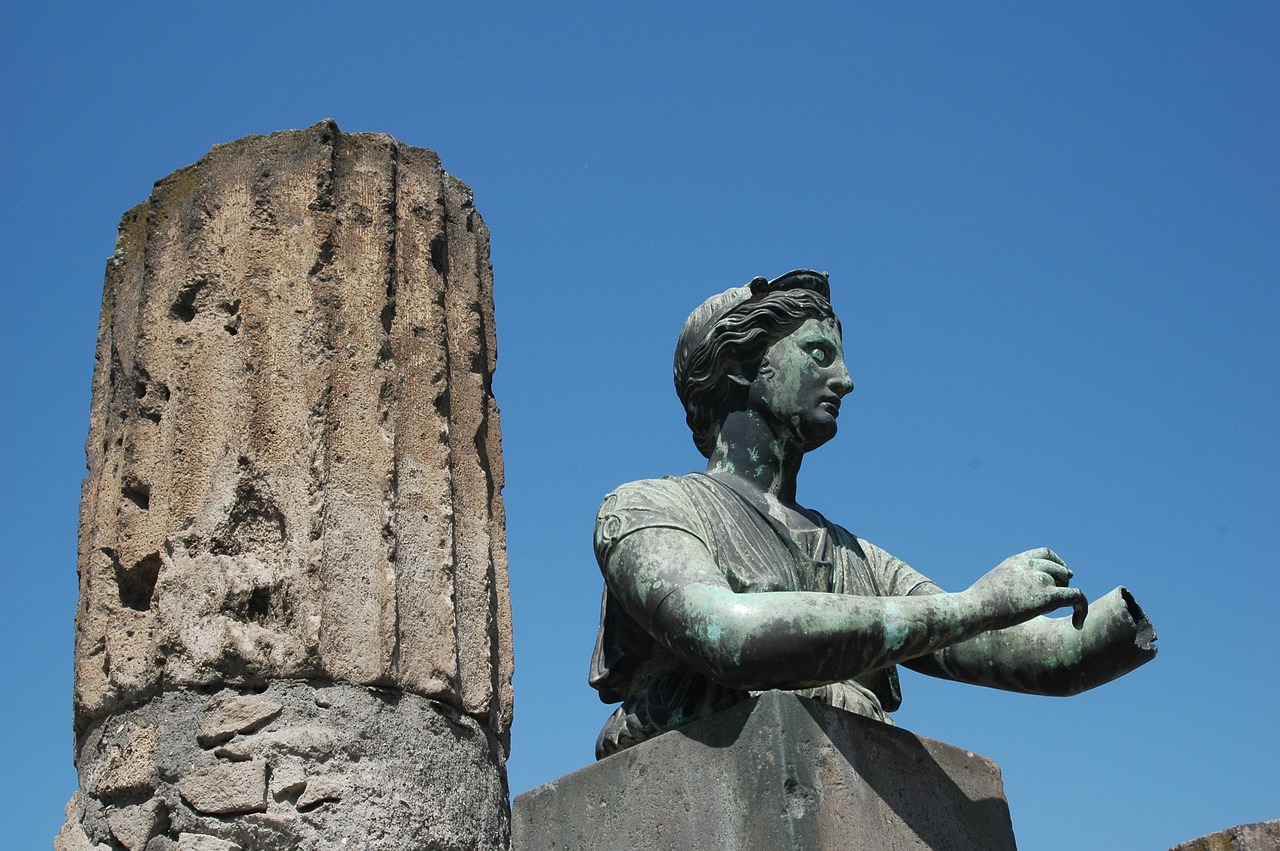
Significant Archaeological Discoveries
Some of the most notable findings include well-preserved frescoes, pottery, bronze statues, and household items. The discovery of plaster casts of human victims, preserved in their final moments, is particularly haunting. These casts capture the emotions and expressions of the individuals, humanizing Pompeii’s tragic history.
Preservation and Conservation of Pompeii
Preserving Pompeii poses challenges due to exposure to weather and tourism-related wear. Modern conservation methods aim to stabilize the structures and prevent further deterioration. International organizations have provided funds and expertise to help in these preservation efforts, ensuring that Pompeii remains accessible to future generations.
The Role of Pompeii in Modern Archaeology
Pompeii has significantly impacted archaeological practices. The site’s excellent preservation has provided data on Roman architecture, social structures, and daily routines, informing our understanding of ancient Rome. It has also influenced archaeological techniques, inspiring a detailed and contextual approach to excavating historical sites.
Pompeii in Popular Culture
Pompeii’s story has inspired numerous books, movies, and documentaries. Its haunting preservation and tragic end capture imaginations worldwide, symbolizing both the fragility and resilience of human civilization.
Tourism and Visiting Pompeii Today
Today, Pompeii is one of Italy’s most visited tourist attractions, drawing visitors eager to walk its ancient streets. Sites like the Villa of the Mysteries, the Forum, the Temple of Apollo, and the amphitheater offer a window into ancient life. Tickets are available at various price points, with options for guided tours that provide deeper insights into the city’s history.
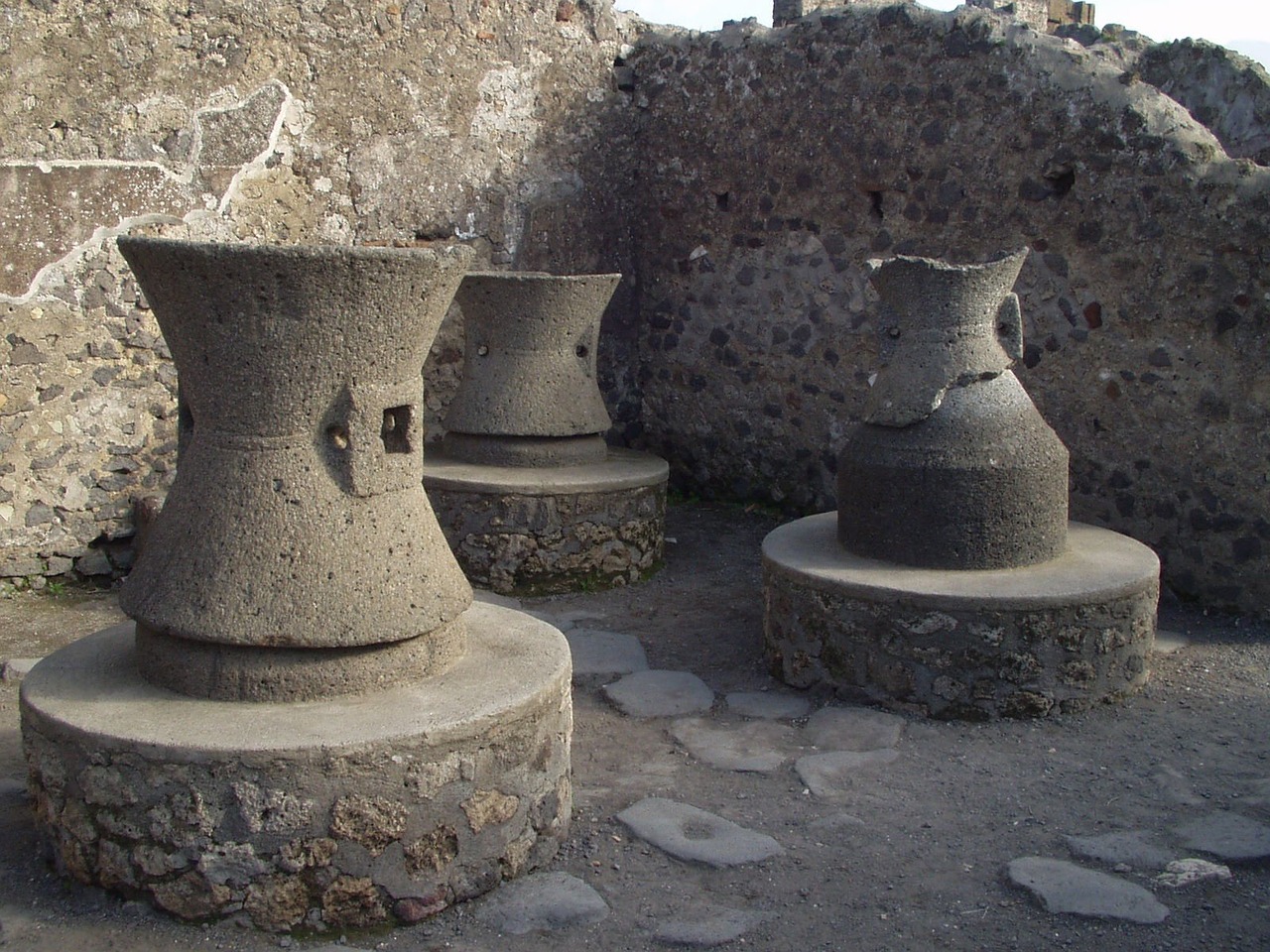
Exploring Pompeii with Guided Tours
Guided tours allow visitors to explore hidden aspects of Pompeii, including lesser-known buildings and stories behind the ruins. Professional guides share insights on the lives of Pompeians, the architecture, and the significance of artifacts found in the city.
Nearby Attractions and Activities
Visitors can also explore nearby attractions like Herculaneum, another city affected by Vesuvius, or the scenic Amalfi Coast. The Naples Archaeological Museum, which houses many artifacts from Pompeii, is also a must-visit.
FAQs about Pompeii and Visiting the Site
1. What is the best time of year to visit Pompeii?
The best times are in spring and fall when temperatures are mild and crowds are smaller.
2. How long does it take to tour Pompeii?
A thorough tour of Pompeii takes at least 4-6 hours.
3. Can you see bodies in Pompeii?
Yes, plaster casts of some of the victims are displayed in various parts of the site.
4. Are there any nearby places to stay when visiting Pompeii?
Yes, accommodations in Naples and Sorrento are popular choices.
5. What should I wear to visit Pompeii?
Wear comfortable walking shoes, sunscreen, and a hat for sun protection.
6. Is photography allowed in Pompeii?
Yes, photography is generally allowed, but check for specific restrictions in certain areas.
Conclusion
Pompeii remains an indelible piece of history, immortalized in ash and brought back to life through archaeology. Its ruins remind us of both the sophistication of Roman civilization and the awesome power of nature, offering a timeless experience to those who walk its streets today.
Italian Dating & Chat for Italian Singles

Virtually meet thousands of like-minded Italian singles and connect at lightning speed; on desktop, tablet, and your beloved phone. Chat into the wee hours of the night if you’d like. Post photos, share your interests and dreams-we’ll help you look your best while you do it.Here we make it easy to meet Italian singles and feel things out first so when you do go on that first date, or meet for espresso, you can relax and be yourself. Try it now!

